After building a Cocoa Touch framework (Swift or Object-C) and adding it to another project as "Embedded Binaries" I get the following error message when I try to build
missing required architecture i386
...
ld: symbol(s) not found for architecture i386
clang: error: linker command failed with exit code 1 (use -v to see invocation)
Following various existing answers and extended research I already added i386 to the Architectures build settings …

However this doesn't seem to have an effect. When I check using
lipo -info TesterFrameworkObjC
I only get
Architectures in the fat file: TesterFrameworkObjC are: armv7 arm64
… shouldn't i386 (and x86_64) appear here as well? What am I missing?
(I am using Xcode 6.2 + building for iOS 8.2)
Some new insights
Using a version of this build script I am able to build the missing architectures for the Swift version of the framework.

However when I add this framework to my app and build I still get errors
Undefined symbols for architecture x86_64:
"_OBJC_CLASS_$__TtC20TesterFrameworkSwift18TestFrameworkSwift", referenced from:
objc-class-ref in ViewController.o
ld: symbol(s) not found for architecture x86_64
Looking at the final build folder building for the simulator
Build/Products/Debug-iphoneos/TesterFrameworkSwift.framework/
I can see that the architectures are still missing although they were part of the framework (as shown). How can I ensure all the right architecture builds of my framework are included when building the app?
Update
Looking at all the error messages to me it looks like the issue isn't actually to have the wrong products/archictures being built but one step later there the Linker isn't using the correct paths to them. Not sure how correct this.

